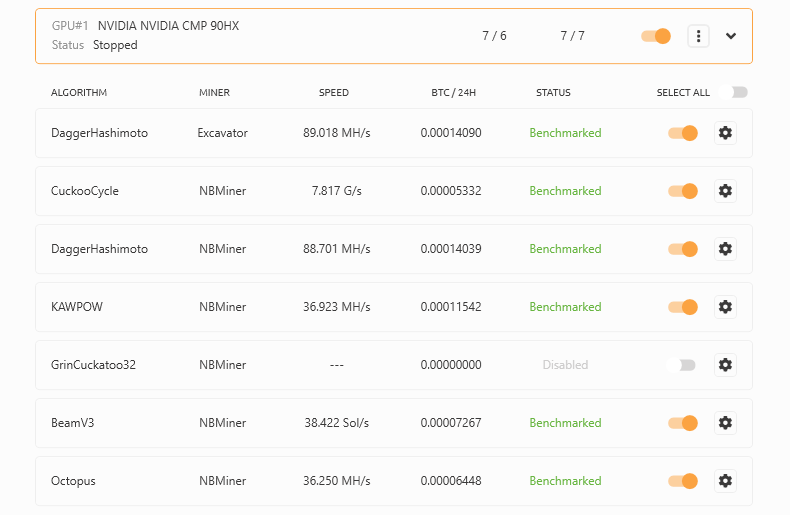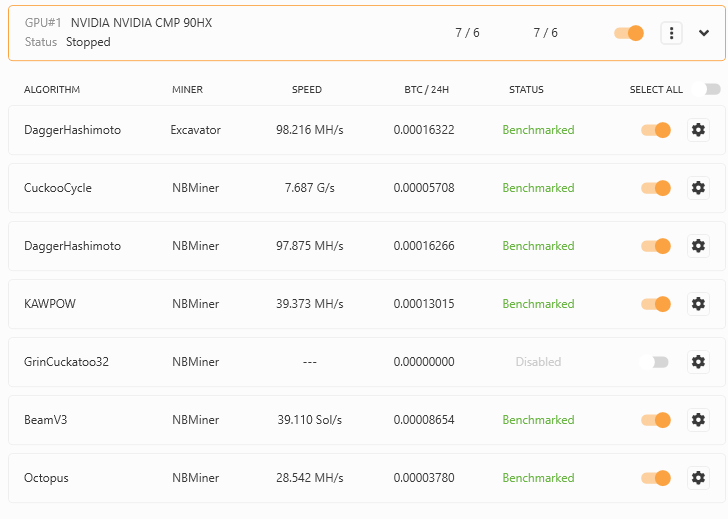What is a Blockchain Fork?
There is a high chance that you have already heard of a blockchain fork or Bitcoin fork. But do you know what exactly is a fork and how is soft fork different from a hard fork? Read this article to get a better understanding of blockchain forks.
What is a blockchain fork?
Simply put, a fork is a blockchain (e.g. Bitcoin or Ethereum) protocol upgrade. With each fork, rules of participating can be modified. Sometimes the rules are backward compatible, other times the rules are not backward compatible. Based on backward compatibility we can split the forks into two categories:
- Hard fork - is not backward compatible
- Soft fork - is backward compatible
What is a hard fork?
A hard fork is a blockchain protocol rules upgrade, which is not backward compatible. This means that all the nodes need to be upgraded in order to support the upgrade and follow its new rules. Nodes that are not updated are removed from the network and they cannot follow the recent rules until upgraded.
Sometimes, a portion of the nodes (and their owners) decide that they do not want to support the new proposed rules. In this case, the blockchain is split into two chains (hence the name fork). Once the blockchain is split into two chains, and if there is support for both chains, we are left with two different blockchains and therefore with two different cryptocurrencies. Both of these cryptocurrencies share the same history up to the latest common block (before the split). After the split, each blockchain has its own rules and the coins cannot be sent between them.
It is important to note that all forks have the same block history. Imagine a truck driving on a road. At the 10km mark, there is an intersection and the truck splits into two identical trucks. Each truck goes its own way, but both trucks have the same history of the first 10km ride.
Past Bitcoin hard fork
The most known and successful Bitcoin hard for is Bitcoin Cash. Bitcoin Cash rejected the SegWit upgrade in 2017 and does not support it. Additionally, Bitcoin Cash supports a block size of 8 megabytes, opposite to Bitcoin, which only supports a 2 megabytes block size.
What is a soft fork?
A soft fork, similarly to a hard fork, is a blockchain protocol rules upgrade, which, contrary to the hard fork, is backward compatible. This means that a node does not need to be upgraded to the latest version in order to participate in the blockchain. The old (not upgraded) node can still partake on the same blockchain as the new, upgraded node.
You can imagine a soft fork as a mobile app upgrade. You do not need to upgrade it to the latest version every time in order to use it, but each upgrade brings security updates or new features.










